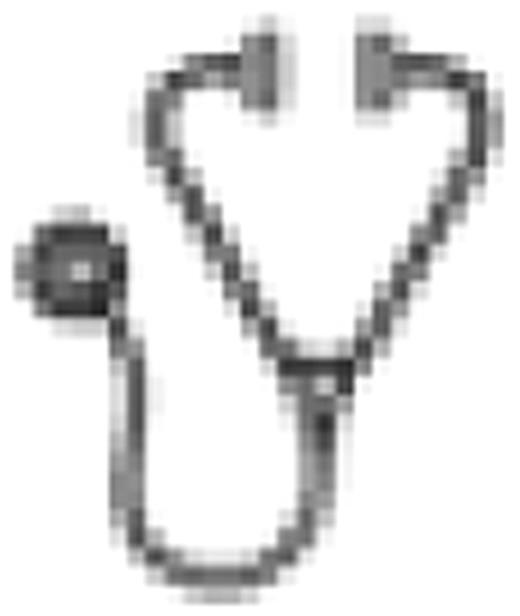Abstract
Acute Myeloid Leukemia (AML) is a life threatening disease requiring intensive induction treatment for long-term survival. Since the majority of patients are older than 60 years at diagnosis, balancing pros and cons of intensive chemotherapy is difficult. In this context prognostic factors are important tools for clinical judgement, decision making and patient information. We present here our analysis of potential prognostic factors derived from the updated data of a large multicenter trial for patients with AML older than 60 years, who were treated according to the same protocol.
The prospective AML96 trial of the Study Alliance Leukemia (former DSIL) included 909 patients with a median age of 67 years (range, 61-87). Protocol treatment included two cycles of induction therapy containing daunorubicin and cytarabine in a 7+3 fashion (DA). Consolidation treatment consisted of m-amsacrine and intermediate dose cytarabine (10g/m2). Univariate and multivariate analyses using potential prognostic factors were performed for the following outcomes: complete remission (CR), overall survival (OS), disease-free survival (DFS) and cumulative incidence of relapse (CIR) / time to progression (TTP).
The median follow-up time is 68 months (5.66 years). Of all treated patients, 414 (45%) completed two cycles of DA induction according to the protocol, 181 (20%) received only one DA, and 111 patients (12%) died during the first induction cycle. The remaining 203 patients (23%) received a second induction cycle outside the protocol due to insufficient response to the first induction. 203 patients received a consolidation treatment after two cycles of induction. 454 of all 909 patients reached a CR (50%). The independent prognostic factors for achieving CR were karyotype, NPM mutation status, white blood cell count (WBC), blast count at day 15 after initiation of first induction, CD34 expression and secondary versus primary AML. The median OS, DFS and TTP were 0.76, 0.76 and 0.88 years, respectively. Five-year OS, DFS and CIR were 9.7%, 14% and 79.1% respectively. Multivariate analyses revealed that karyotype, NPM mutation status, white blood cell count (WBC) and LDH were of independent prognostic significance for OS, DFS and CIR. Even though NPM-FLT3 grouping showed a significant influence on all outcomes, it seems that in the age group above 60, the negative impact of FLT3 was less influential compared to the positive impact of NPM mutational status. Favourable and high cytogenetic risk groups displayed markedly different OS times irrespective of the other identified prognostic factors. However, the largest group of patients with intermediate-risk karyotype could be subdivided into two groups with distinct prognostic profiles: Based on hazard ratios from the Cox model, we established an additive risk model using the following relative points (in brackets): high CD34 expression (1 point), high WBC (1 point), higher age (2 points), high LDH (3 points), and mutated NPM (-2 points). Applying this model results in the following four groups: favourable cytogenetics, intermediate cytogenetics with favourable risk features (score ≤3), intermediate.cytogenetics with adverse risk features (score >3) and high risk cytogenetics. The 3-year OS of these groups were 39.5%, 30%, 10.6% and 3.3%, respectively.
Results of a large cohort enable us to demonstrate that, depending on prognostic factors, elderly AML patients with an intermediate-risk cytogenetic profile can be subdivided into a more favourable group with an OS time span similar to CBF AML, and a group with a distinctively worse prognosis. The proposed risk-stratification score can serve as a tool for patient information and decision making with regard to treatment strategy. Whilst patients with CBF AML or with intermediate cytogenetics and favourable risk features potentially benefit from intensive induction treatment, patients with high-risk cytogenetics or intermediate risk with adverse prognostic features have very poor OS rates despite intensive chemotherapy. From our study we conclude that this group of patients could be spared the potential side effects of intensive induction and should instead be offered best supportive care or alternative treatment approaches.
No relevant conflicts of interest to declare.

This icon denotes an abstract that is clinically relevant.
Author notes
Asterisk with author names denotes non-ASH members.

This feature is available to Subscribers Only
Sign In or Create an Account Close Modal